| Content | By. Ali Asghar Ridwani-
Beautiful book on discussions of Karbala movement, and in details answers to all anti karbala questions including 1 mourning and lamentation 2 reciting elegies 3 crying 4 black clothes 5 sajjada on turbah and many other questions and doubts. 358 pages
Heavily subsidized by www.islamicthought.co.uk
NOT TO BE RESOLD AT HIGHER PRICE | This book addresses issues on the status and standing of women, their social, political, and cultural activities, housewifery, art, freedom, lifestyle, natural and acquired rights, and other issues from Islamic point of view.
According to Islam, women and men alike possess the lofty status of humanity because they are both equally human.
The fact that noble Adam ('a) was able to understand the Names and explain them was due to his unique genesis as a human and men and women are equal in this genesis. In general, all extolments in the Quran and Hadith regarding humans encompass both women and men. There is no verse in the Quran that reproaches women for being women.
Therefore, according to Islam and the Quran, men and women are equally human, they are no different in worth, and they possess common responsibilities in managing the society.
HEAVILY SUBSIDIZED BY WWW.ISLAMICTHOUGHT.CO.UK | This text discusses how Shi'ism has been an integral and inseparable part of Islam from the time of the Holy Prophet (sa). The text provides several resources to show how Shi'ism began with the companions of the Holy Prophet (sa) and how its legacy still stands. Topics covered 1 Emergence os Shia 2 Saqifah 3 Silence of Imam Ali (as) 4 Sahaba Shias 5 Umayyad 6 Period of 4th Imam 7 Alawi uprisings 8 Zayd shahid 9 Factors behind failure of the uprisings 10 poets, 29 lessons | This book covers 1 Culture 2 Pluralism 3 attraction 4 peace and violence 5 Government 6 Invitation and many other topics. 355 pages Hard back | This is the translation of sections from Martyr Mutahhari's book Sayri dar Nahj al-balaghah. This book consists of seven sections. In the first section the author discusses the two main characteristics of the Nahj al-balaghah; its literary excellence and its multidimensionality, quoted various opinions expressed about Imam Ali's eloquence in general and about the Nahj al-balaghah in particular. In the second section, the author discusses the theological and metaphysical ideas propounded in the Nahj al-balaghah and compared them with the parallel notions familiar to the Muslim mutakallimun and philosophers. The third section deals with ibadah (worship) and its various levels. The fourth section deals with Islamic Government and Social Justice. The fifth, dealing with the controversial issue of caliphate (khilafah) and the superior status of the Ahl al-Bayt (A), has been deleted in this translation. The sixth and the seventh sections discuss the Nahj al-balaghah's ethical teachings, in particular the Islamic Concept of zuhd (abstinence); the meaning of the world (dunya), so often condemned in the Nahj al-balaghah; and the meaning of the contradiction between the world and the hereafter, which is also recurring theme.
HEAVILY SUBSIDIZED BY WWW.ISLAMICTHOUGHT.CO.UK | This text explains in detail the meaning of Worship and Intention, as well as how different stages of worship are acquired. He then goes on to explain the different actions of Prayer in detail, such as the first Takbir, & the recitation of the Suras
Heavily subsidized by www.islamicthought.co.uk |

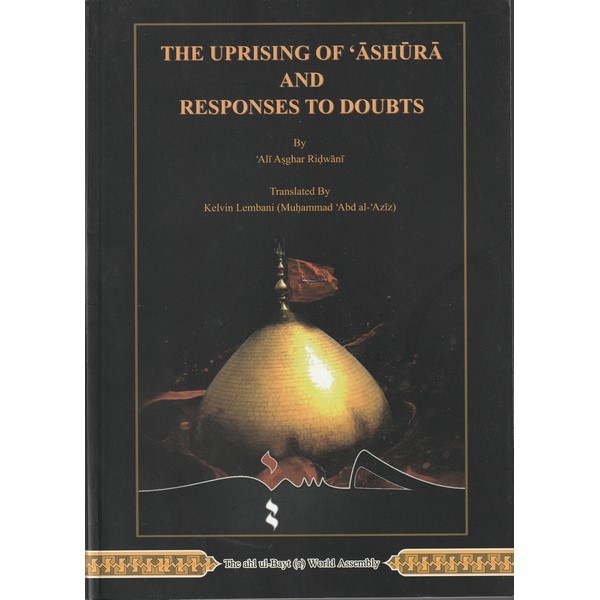
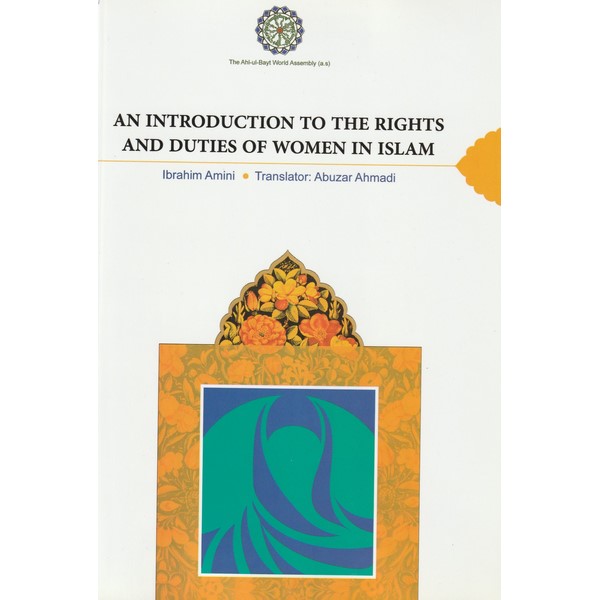
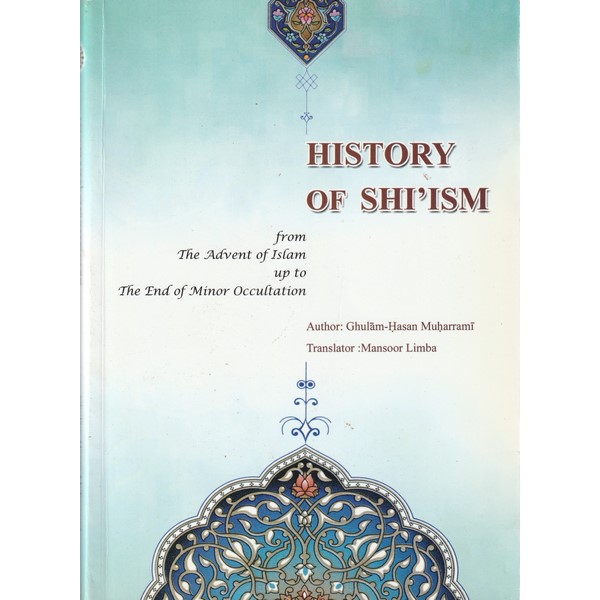
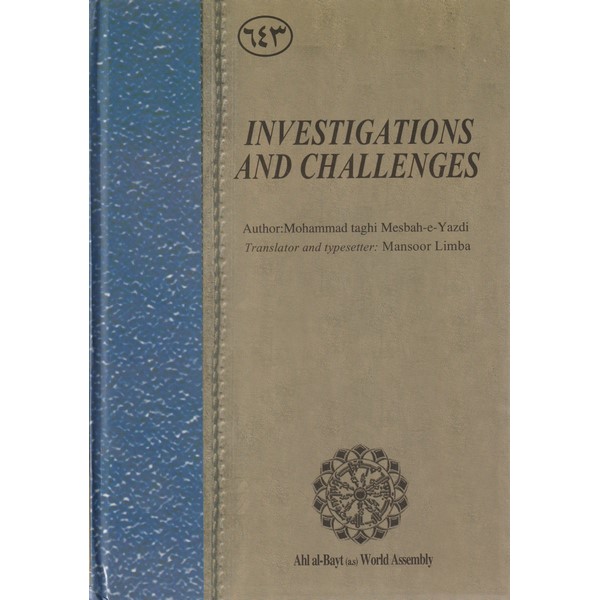
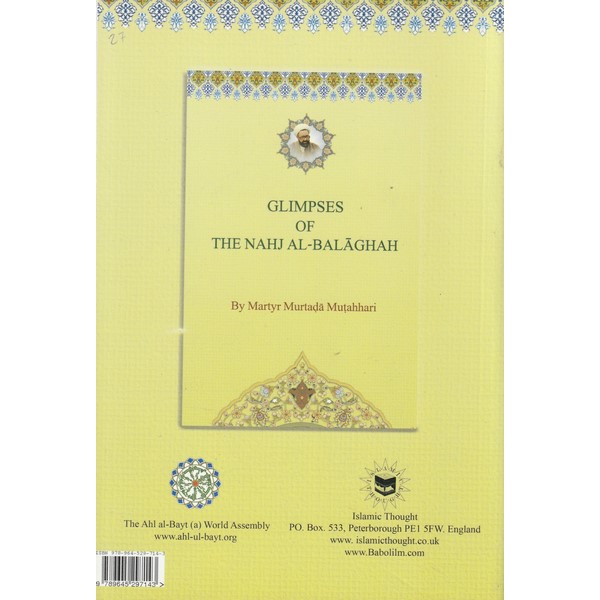
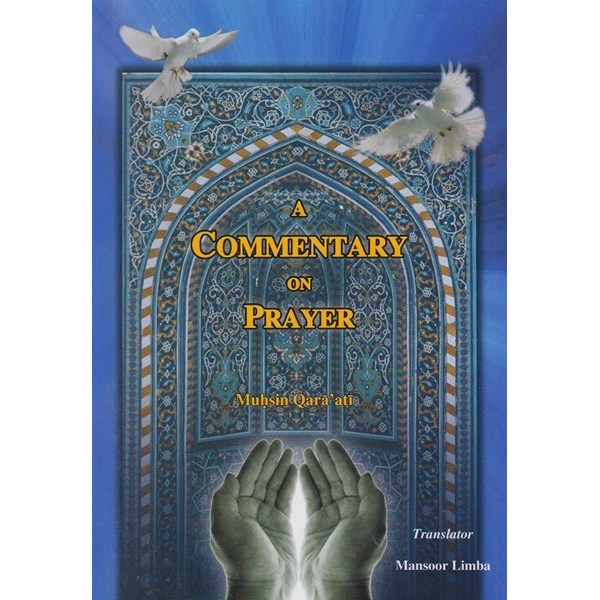
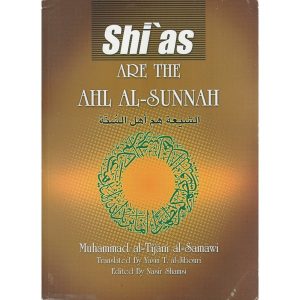

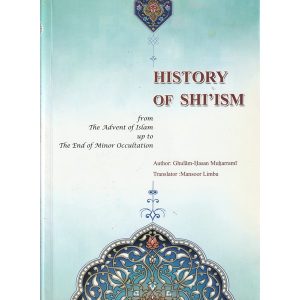

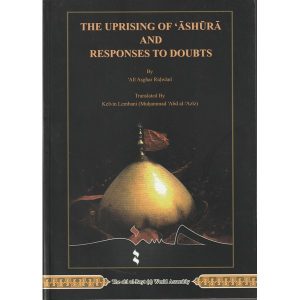
Reviews
There are no reviews yet.